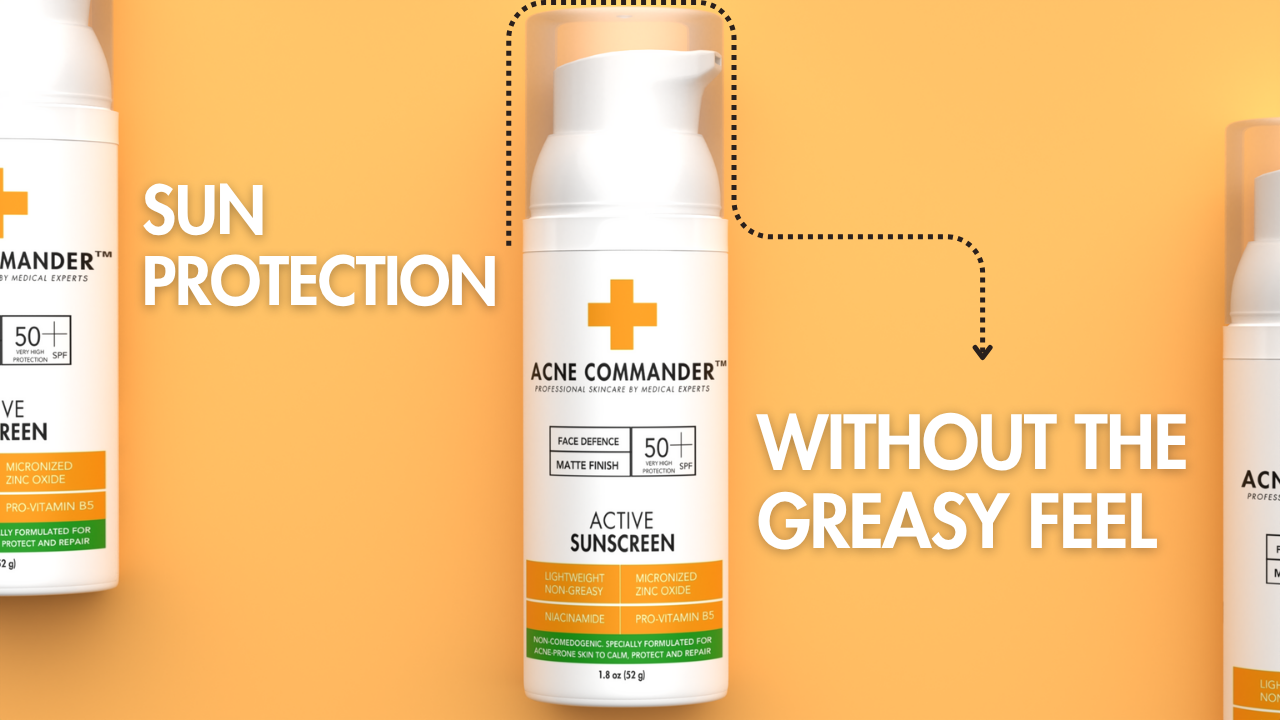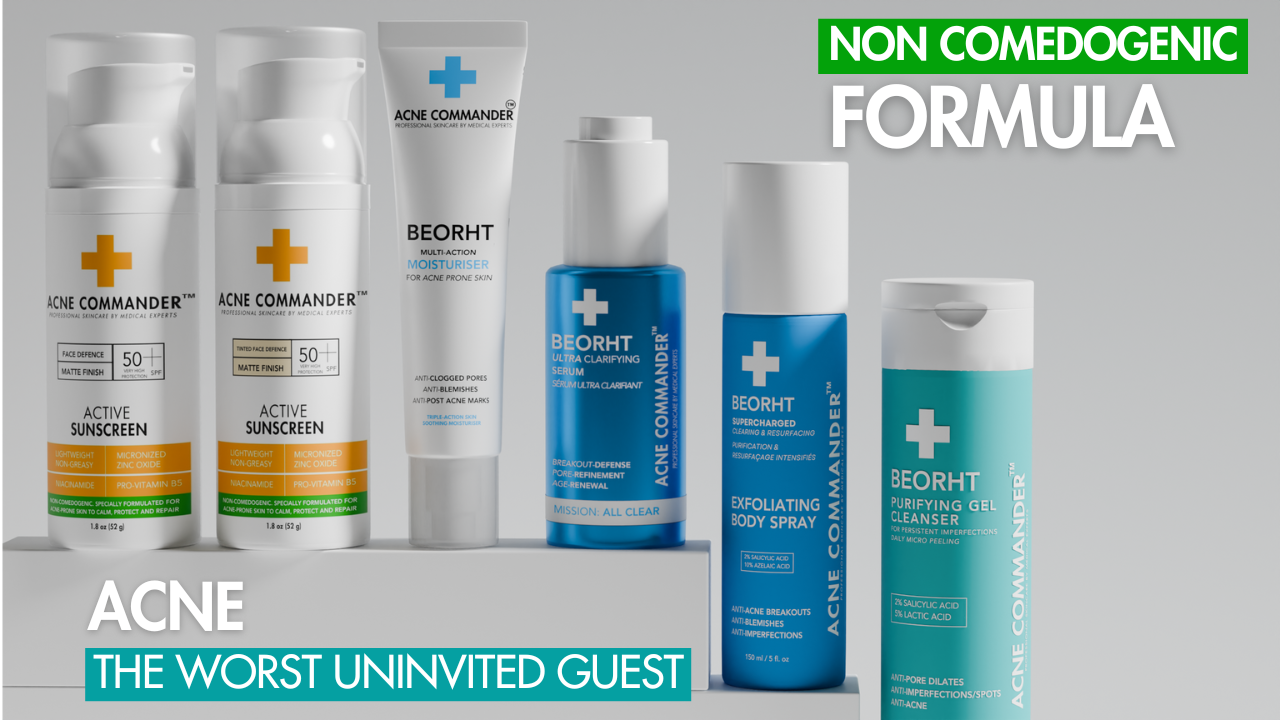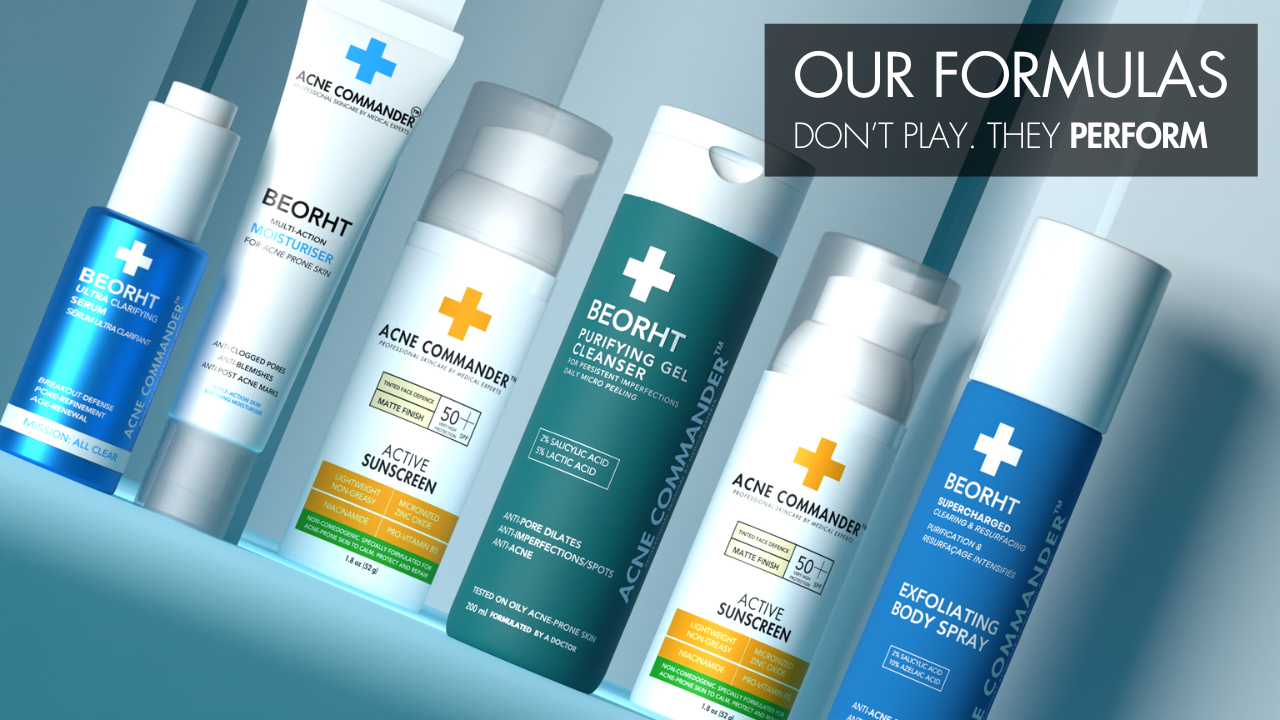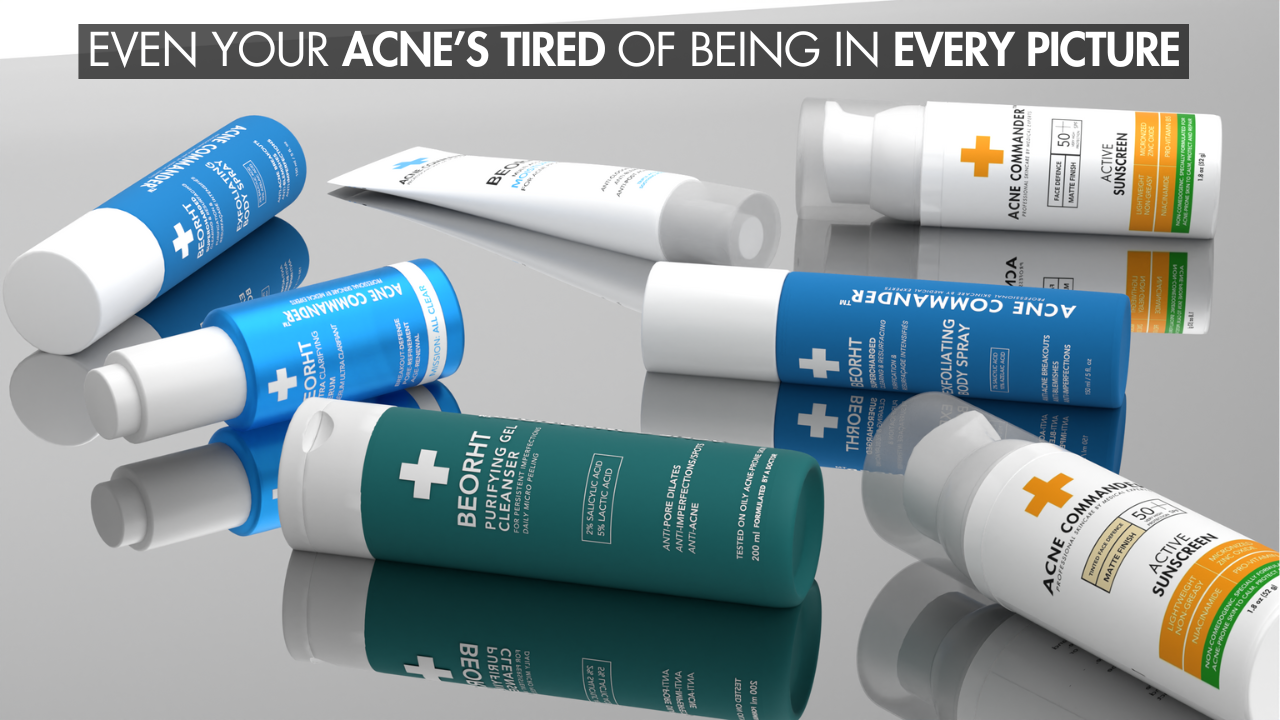How to Effectively Treat Hyperpigmentation on the Body?
Hyperpigmentation is a skin condition that occurs when certain areas of your skin darken, often as a result of acne, sun exposure, or inflammation. This common issue can occur anywhere on the body, from the back and shoulders to the legs, arms, and even underarms. While hyperpigmentation isn’t harmful, it can cause frustration due to its lingering nature and difficulty in treating it effectively.
The good news is that there are ways to treat hyperpigmentation on the body. In this article, we’ll discuss the best ingredients, treatments, and methods for treating hyperpigmentation, as well as how to prevent it from recurring.
What Causes Hyperpigmentation on the Body?
Hyperpigmentation occurs when the skin produces excess melanin, the pigment responsible for the color of your skin. There are several causes of hyperpigmentation on the body:
-
Post-Acne Marks: After acne lesions heal, they often leave dark spots, known as post-inflammatory hyperpigmentation. This is particularly common on the back and shoulders, where bacne (body acne) occurs.
-
Sun Exposure: Prolonged exposure to the sun can cause sun spots or melasma, which are darker areas of the skin that develop due to UV rays stimulating melanin production.
-
Friction: Areas of the body that experience frequent friction, such as the inner thighs, underarms, and neck, may develop dark patches due to irritation or rubbing.
-
Hormonal Changes: Hormonal fluctuations, such as those experienced during pregnancy or birth control use, can lead to melasma or pregnancy masks, areas of darkened skin, especially on the face and body.
The Best Ingredients for Treating Hyperpigmentation
-
Salicylic Acid: As a beta-hydroxy acid (BHA), Salicylic Acid works to exfoliate the skin, clearing dead skin cells and helping to reduce the appearance of dark spots. Salicylic Acid is especially effective at treating post-acne marks and body acne hyperpigmentation. It works by exfoliating the skin’s surface and promoting the regeneration of skin cells, speeding up the fading of dark spots over time.
-
Niacinamide: Niacinamide, or Vitamin B3, is a powerhouse ingredient when it comes to brightening the skin. It helps reduce the production of melanin and inhibits the formation of dark spots. Additionally, Niacinamide has anti-inflammatory properties, helping to calm irritation and redness caused by sun exposure or acne. It’s gentle enough for sensitive skin and works well in conjunction with other exfoliating treatments like Salicylic Acid.
-
Lactic Acid: As an alpha-hydroxy acid (AHA), Lactic Acid exfoliates the skin by dissolving the bonds between dead skin cells, allowing them to shed naturally. Regular use of Lactic Acid can help fade hyperpigmentation and improve overall skin texture. It is particularly effective in brightening dull skin, treating sunspots, and preventing the buildup of dead skin cells that contribute to darker patches.
-
Retinoids: Retinoids are derivatives of Vitamin A and are considered one of the most effective treatments for hyperpigmentation. They help stimulate collagen production and cell turnover, which can help to fade dark spots over time. However, retinoids can be irritating to some skin types, so it's important to introduce them gradually into your skincare routine.
-
Vitamin C: Vitamin C is a powerful antioxidant that helps reduce the production of melanin, the pigment responsible for dark spots. It also helps to brighten the skin by protecting it from free radical damage and environmental stressors. It can be particularly effective in treating sunspots and age spots.
-
Alpha Arbutin: Alpha Arbutin is another skin-brightening ingredient that works by inhibiting the enzyme responsible for melanin production. It’s a gentle alternative to hydroquinone and is effective for treating sunspots, melasma, and other forms of pigmentation.
How to Treat Hyperpigmentation on the Body: Step-by-Step
-
Start with Gentle Exfoliation
Exfoliation is key when it comes to treating hyperpigmentation, as it helps to remove the top layer of dead skin cells, allowing the active ingredients to penetrate deeper into the skin. Use an exfoliating body spray like Acne Commander Exfoliating Body Spray, which contains Salicylic Acid. Apply it to the affected areas regularly to speed up skin cell turnover and reduce dark spots.
-
Incorporate Brightening Ingredients
After exfoliating, apply products that contain brightening ingredients like Niacinamide, Lactic Acid, or Vitamin C. Niacinamide is excellent for reducing pigmentation and can be applied in serum form to target specific areas on the body, such as your back or chest.
-
Hydrate and Moisturize
Exfoliating can lead to dryness, so it’s important to follow up with a good moisturizer. Look for body lotions that contain Hyaluronic Acid or Glycerin, which will help retain moisture and keep the skin hydrated. For those with dry skin, consider using a thick, hydrating lotion that contains Ceramides.
-
Apply Sunscreen Daily
Sun exposure can worsen hyperpigmentation, so always wear sunscreen. Choose a broad-spectrum sunscreen with SPF 30 or higher, and reapply it every two hours, especially if you’re out in the sun for prolonged periods. Applying sunscreen will prevent new dark spots from forming and help to prevent existing spots from darkening further.
-
Be Consistent
When it comes to treating hyperpigmentation, consistency is key. It can take several weeks to months to see noticeable results, depending on the severity of the pigmentation. Stick to your routine, apply your treatments daily, and be patient as your skin heals and improves.
How to Prevent Hyperpigmentation from Recurring
Prevention is just as important as treatment when it comes to hyperpigmentation. Here are some tips to avoid dark spots from coming back:
-
Avoid Sun Exposure
The sun is one of the main contributors to hyperpigmentation. Always wear sunscreen, even on cloudy days, to protect your skin from harmful UV rays. Consider wearing protective clothing, such as hats and long sleeves, when out in the sun for long periods.
-
Treat Acne Early
Acne is one of the leading causes of post-inflammatory hyperpigmentation. To avoid dark spots from acne, treat breakouts as soon as they appear. Use gentle acne treatments that won’t cause excessive dryness or irritation, and avoid picking or squeezing blemishes, which can worsen pigmentation.
-
Use Gentle Products
Avoid harsh skincare products that can irritate the skin and lead to further pigmentation. Look for products that are gentle, non-comedogenic, and designed for sensitive skin.
Conclusion: Treating Hyperpigmentation on the Body
Treating hyperpigmentation on the body can take time and patience, but with the right ingredients and consistent care, you can achieve clearer, more even-toned skin. Ingredients like Salicylic Acid, Niacinamide, Lactic Acid, and Vitamin C are all effective in treating dark spots and preventing them from returning.
Incorporate these ingredients into your routine, use sunscreen daily, and stay consistent with your treatments to see the best results. With dedication, you’ll be on your way to smoother, brighter skin in no time.





